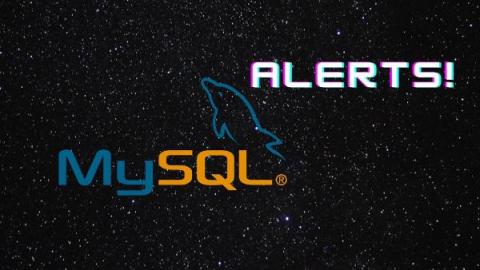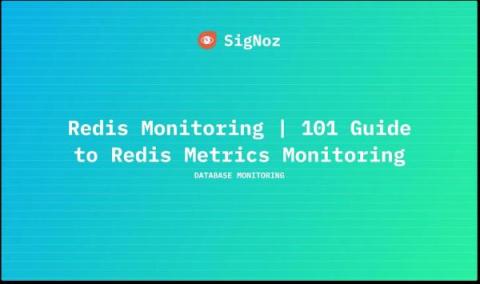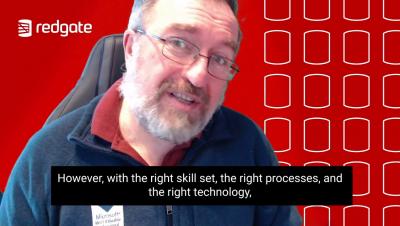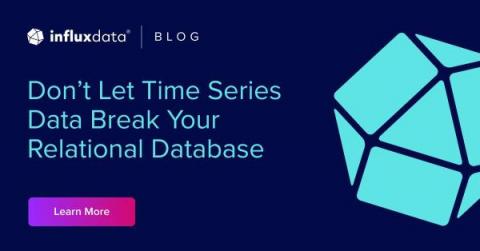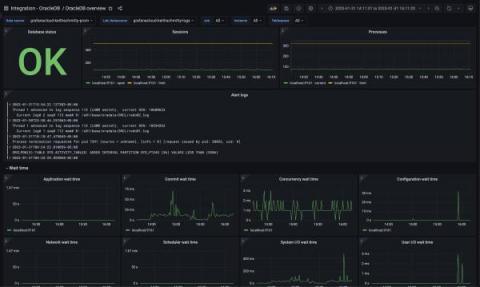Operations | Monitoring | ITSM | DevOps | Cloud
Databases
The latest News and Information on Databases and related technologies.
Receiving MySQL database Alerts
Imagine your popular website or app suddenly slowing down significantly or even stopping altogether. You scramble to find the root cause while losing customers and income every minute. This stressful situation is all too familiar, but you can avoid it. Proactively monitoring MySQL databases can help prevent these issues and keep your performance at its best.
Redis Monitoring | 101 Guide to Redis Metrics Monitoring
How Database DevOps Can Be Possible | Redgate
SQL vs. NoSQL Today: Databases, Differences & When To Use Which
Never-firing alerts: What they are and how to deal with them
Alerting is one of the main reasons for having a monitoring system. It is always better to be notified about an issue before an unhappy user or customer gets to you. For this, engineers build systems that would check for certain conditions all the time, day and night. And when the system detects an anomaly - it raises an alert. Monitoring could break, so engineers make it reliable. Monitoring could get overwhelmed, so engineers make it scalable. But what if monitoring was just poorly instructed?
How DevOps is shaping Financial Services #4: The rise of cybersecurity
Don't Let Time Series Data Break Your Relational Database
This article was originally published in The New Stack and is reposted here with permission. It’s tempting to stuff time series data into the familiar Postgres or MySQL database, but that’s a bad idea for many reasons. To the uninitiated or unfamiliar, time series data exhibits similar characteristics to relational data, but the two data types have some critical differences.
How to release value to customers faster, safer, easier
How to monitor Oracle Database with Grafana Cloud
Oracle Database is an enterprise multi-model database system capable of handling large amounts of data across multiple database servers with support for a wide variety of workloads. It’s a widely used and proven database software, so we are incredibly pleased to announce that it now has a dedicated cloud integration in Grafana Cloud. With the Oracle Database (OracleDB) integration, you can monitor your database’s performance with ease.



